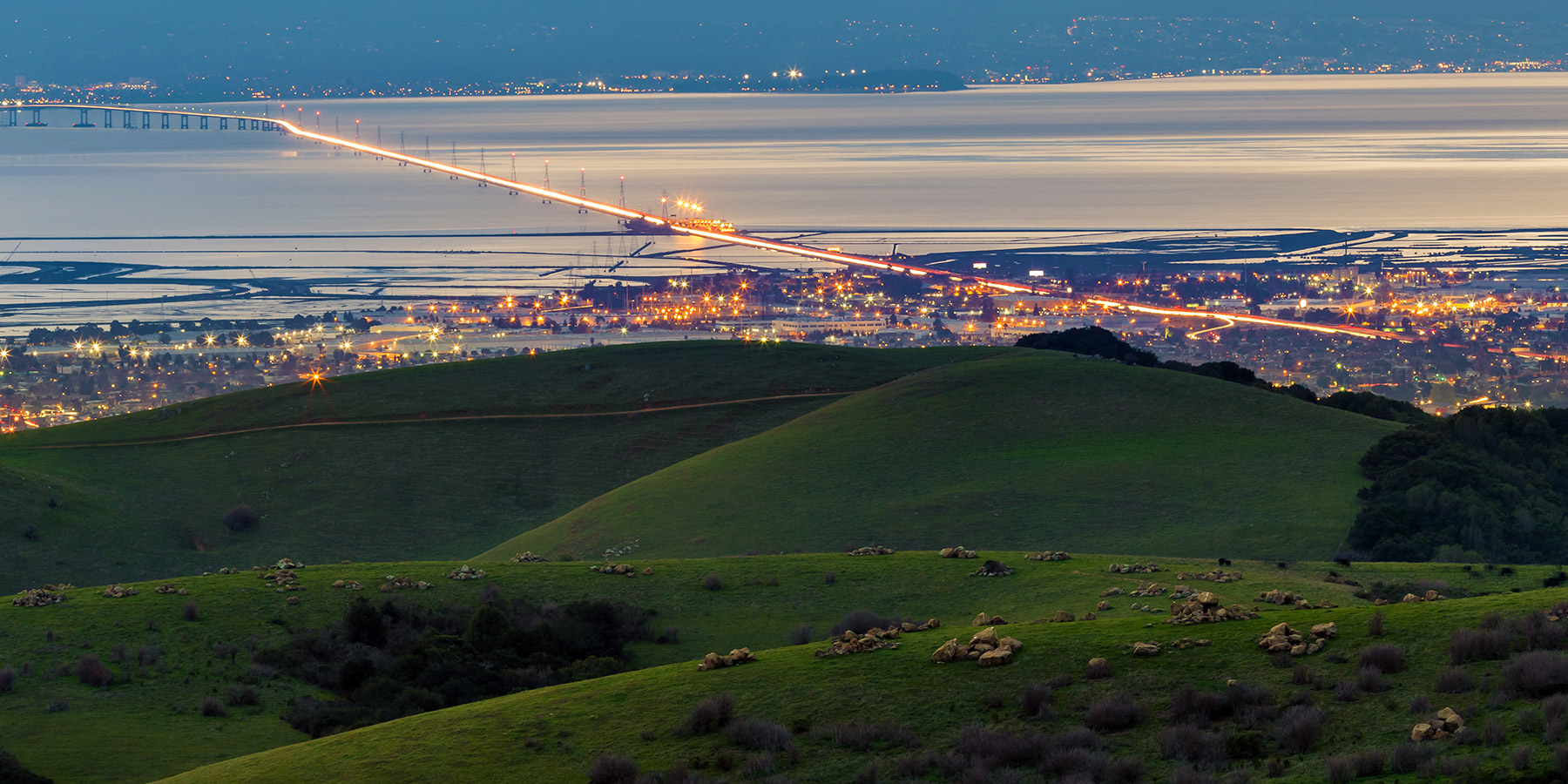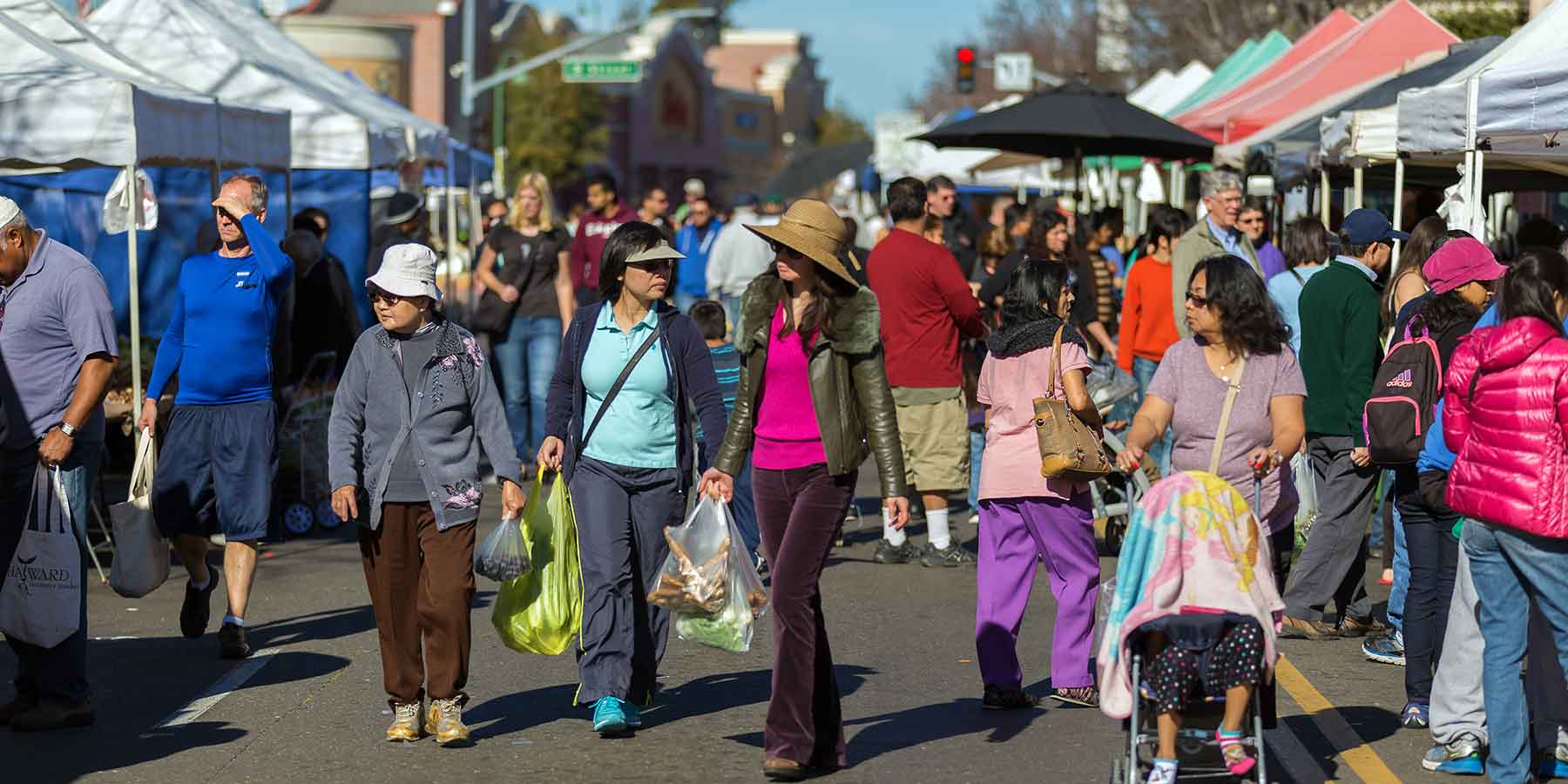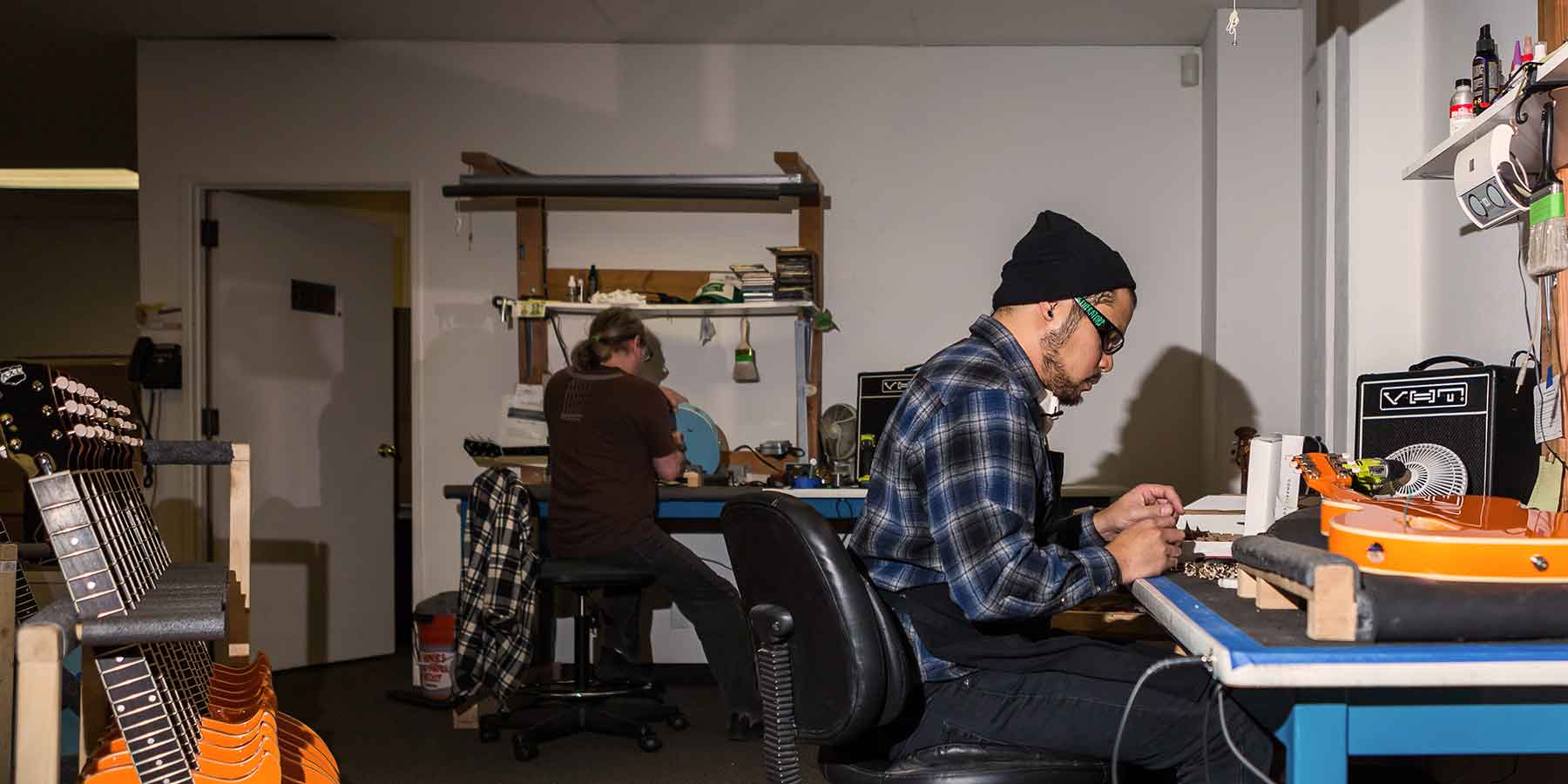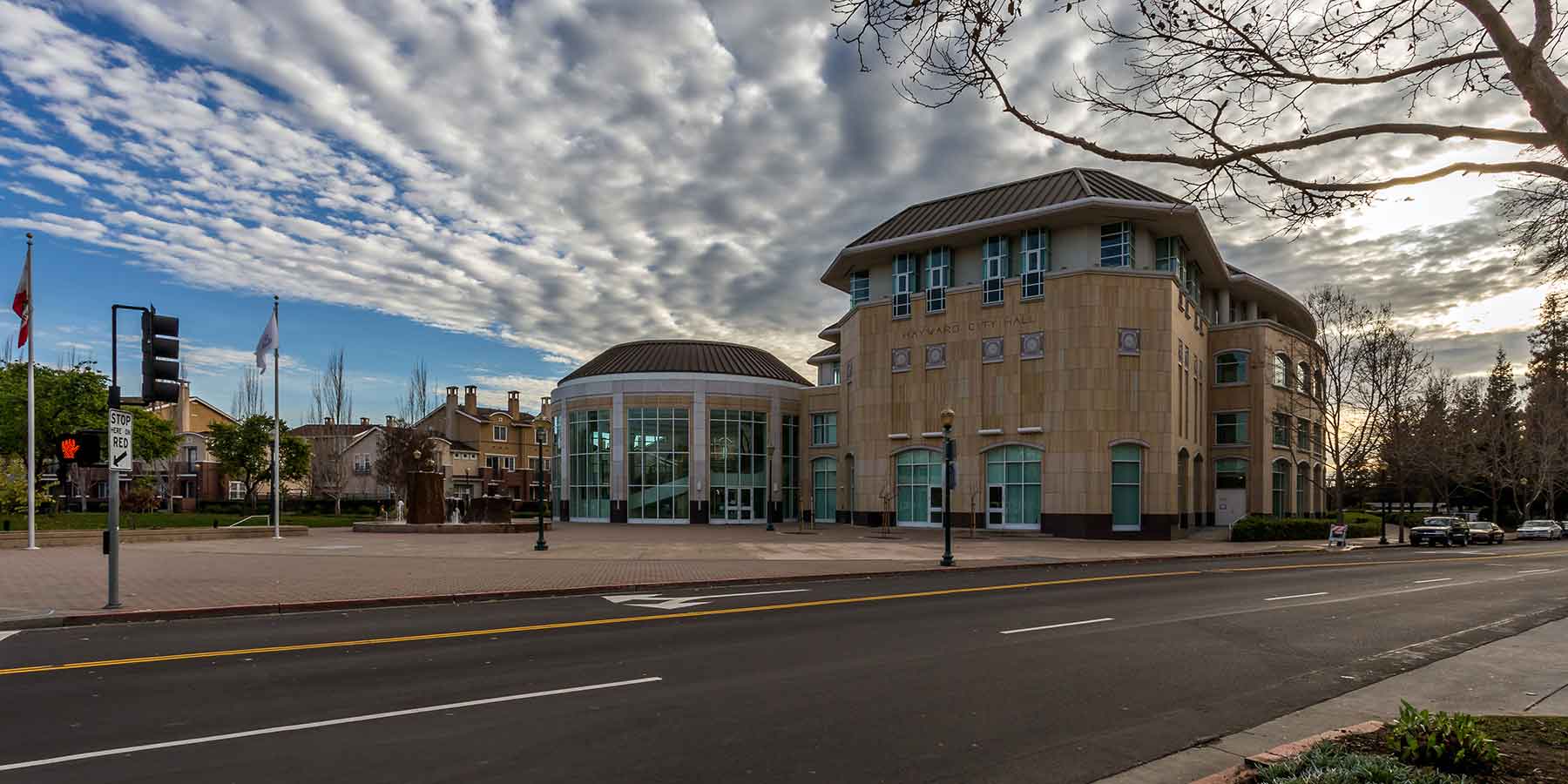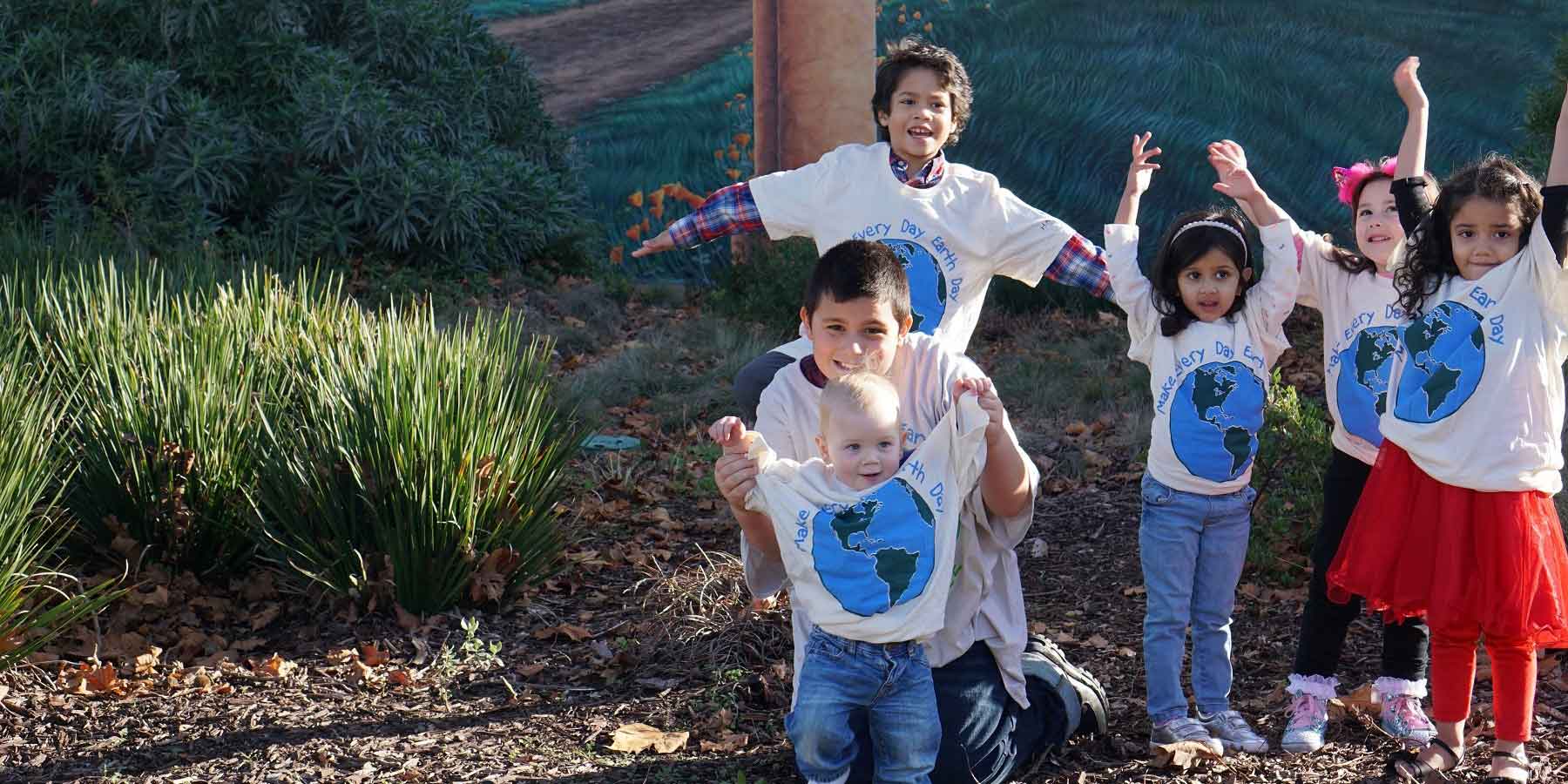The Process & Next Steps
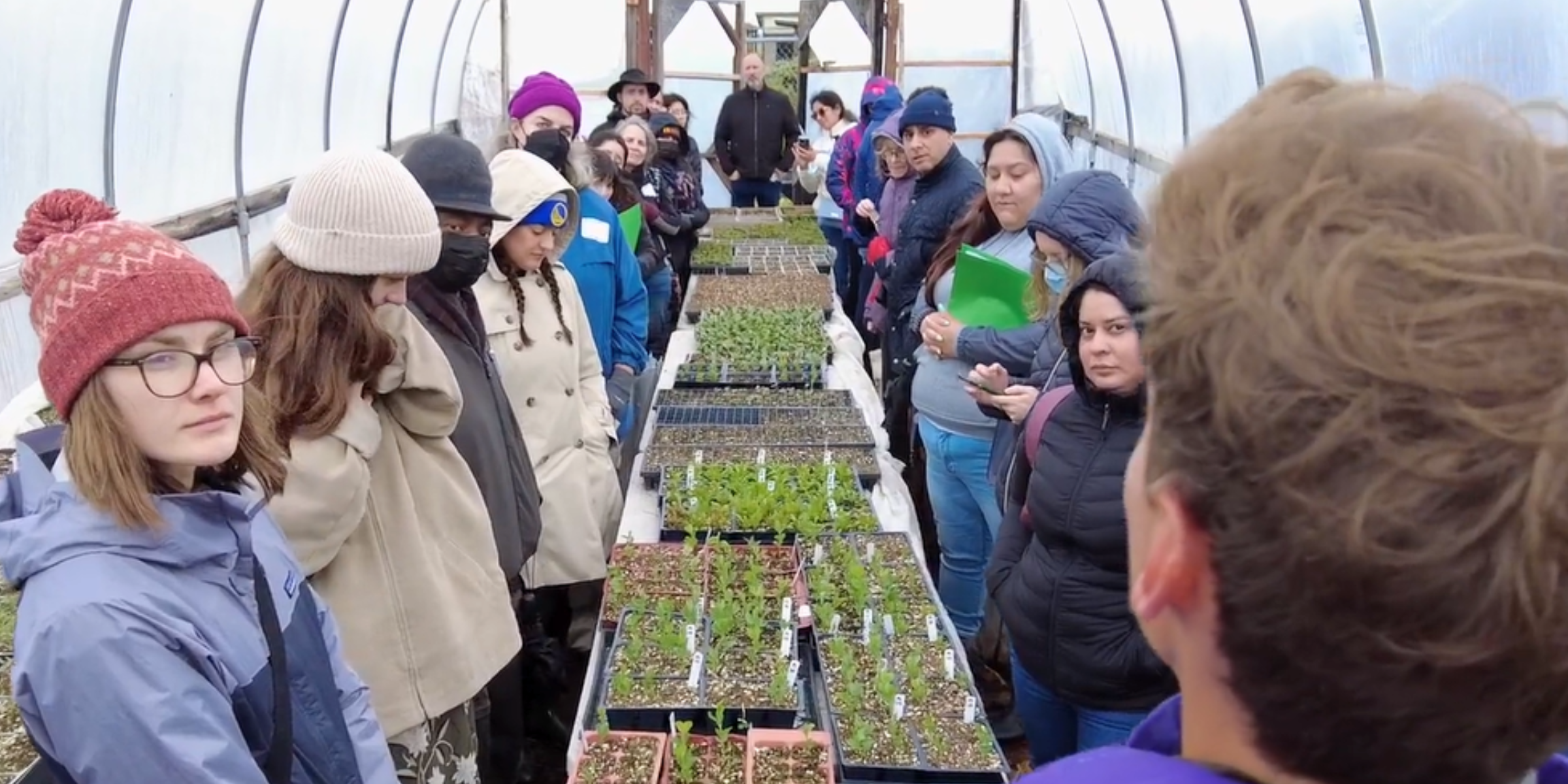
Process:
Partnering with Service Providers
From August 2022 through October 2023, the City of Hayward met with over 30 community organizations, educational partners, and service providers to gauge their needs and interest in participating in a Food Action Plan for Hayward and the surrounding areas.
Working Groups
In order to develop this plan, there were 3 working groups that met to share information, define assets and gaps, and plan for local data collection.
- Food Access & Security
- Career Pathways & Entrepreneurship
- Food Recovery
Plan Objectives & Deliverables:
With the guidance of working groups, the City plans worked with partners to better understand how we can advance our food infrastructure to best serve the community and perform 7 objectives.
- Identify key assets and barriers to food
- Develop questions to better understand barriers to food
- Perform local surveys and interviews among those who live in and around Hayward
- Organize and analyze data to share with working groups
- Assess near-term and long-term action steps for each working group based on data collected
- Collect working group action steps into the final Hayward Food Action Plan
- Present Hayward Food Action Plan to decision makers and potential funders
How We Did It
| Community-based organizations & staff conversations |
| 19 work sessions across three different working groups |
| Organized talks with United Food and Commercial Food Workers Labor Union and Homeless Garden Project |
| Tours to Dig Deep Farm's Food Hub in San Leandro and Alicia's Tamales Los Mayas |
| Partners retreat to Homeless Garden Project and U.C. Santa Cruz's Center for Agroecology |
| South Hayward Farmer's Market interest survey outreach and analysis; dot surveying and community engagement completed at the Downtown Hayward Farmer's Market |
| A food distribution resource map created by CSUEB interns |
| Community-based organization interviews |
| Participating in the Learn & Eat Pilot Program in partnership with Hayward Unified School District (HUSD), Eden Area Regional Occupation Program (EAROP), Forestr.org, and Mills College |
| Surveying and analysis for Hayward Promise Neighborhoods and South Hayward Parish on preferred foods and line management performed by California State University East Bay (CSUEB) interns |
| Street vendor interviews |
| A final Hayward Food Action Plan report |
| Presentation to Council on the Food Action Plan's findings and summary |
Recommended Priorities & Next Steps
Going forward focusing on three main priorities
- Continue convening and sharing information across partners
- Ongoing City support to seek funding opportunities and communicate resources
- Centralized coordination in food recovery specifically in response to SB1383
Wrapping up and next steps
Now that the grant work has concluded, partners identified top 3 action steps to take to close the gaps in Hayward’s food system and have expressed the desire to see the following cooperative work continue:
- Feed Hayward has committed to hosting a partnership meetingat least once a quarter moving forward.
- City staff will continue to explore funding opportunities for related food work that is currently in the City’s scope of work and share opportunities and offer letters of support for partners.
- City staff plans to organize a central food resource page to share with the public and partners including a public food distribution map.
- StopWaste hosts regional resource groups and offers technical support around SB1383 response. However, partners have shared the need for additional coordination and more localized solution to connect food generators with food distributors and ensure businesses have what they need to successfully meet the State mandate. Hayward’s Environmental Services Division is proposing a series of related action steps as part of the proposed Climate Action Plan.


